Introduction
Cats have been domesticated for over 9,500 years, yet much of their communication, behavior, and psychology remains a mystery to their human companions. From the subtle flicks of their tails and twitches of their ears to their diverse vocalizations that range from plaintive meows to soothing purrs, understanding what cats are conveying can be endlessly perplexing. Why does my cat incessantly meow at 3 AM? What emotion is my cat expressing when she slowly blinks at me? Why does he attack my ankles when I walk by? The intricacies of cats continue to create head-scratching bafflement.
Fortunately for cat lovers everywhere, feline research has come a long way in decoding cat language and unlocking the secrets behind their expressions, calls, scents, kneading, scratching, and more. From behavior analysis to genetics, ethology surveys to veterinary studies, great strides have been made in comprehending the mysteries of cats. However, with over 600 million domestic cats in the world, there are still many puzzles remaining around exactly why cats communicate and what they are trying to say.
How Cats Communicate
Cats have a multifaceted system of communication that developed marking territory, seeking mates, protecting themselves, hunting prey, and more. They communicate in numerous complex ways, including:
- Vocalizations: meows, purrs, hisses, growls, chirps, trills, etc.
- Body language: ear position, tail moves, whisker positions, head motions
- Facial expressions: pupil dilation/constriction, slow blinking
- Scent marking: rubbing chin or body on objects, scratching, urine spraying
- Kneading: repetitive treading with front paws
From their vocal repertoire alone, cats make over 100 different sounds spanning chirpy squeaks to drawn-out yowls. Their intricate body language also factors in the position and motion of their whiskers, head position, and much more.
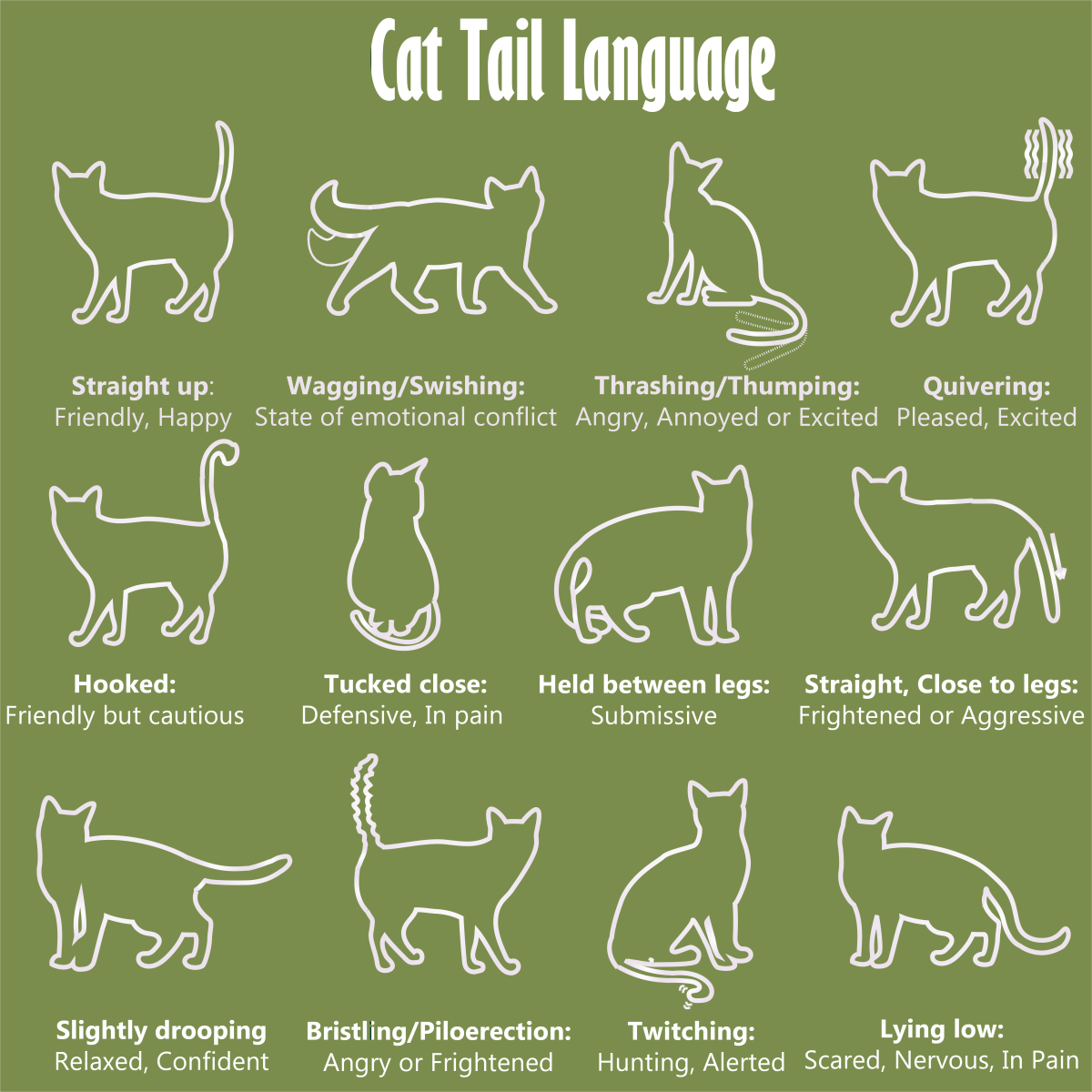
Understanding Common Cat Vocalizations
A major component of feline communication involves the wide range of vocalizations they produce to connect with humans and other animals. Below are some of the most common cat vocal sounds and what they tend to mean:
- Meows – Primarily directed at humans, meows are a manipulative cry to get attention or ask for food, play or care such as petting or access to a closed room. Their meows can convey urgency, displeasure, distress or contentment.
- Purrs – Generated during breathing by fast twitching of vocal folds, purrs express contentment and comfort but also may signal stress or pain relief. Purrs reassure kittens feeding at mother’s stomach purrs.
- Hisses – Sudden forceful exhalations as a defensive threat display often with an open mouth and exposed teeth to make the cat appear more dangerous.
- Chirps – Less understood pleasant chattering during observation of prey or birds outside a window. Possibly expresses excitement and mimics bird sounds.
Additionally, feral and semi-feral cats exhibit a wider range of vocalizations than domestic cats including more complex ululating howl-type calls during mating seasons.
Interpreting Cat Body Language & Facial Expressions
Cats utilize extremely subtle body language and facial shifts which can be challenging to decipher. However, paying close attention to these details reveals invaluable insight into how they are feeling. Signals to look for include:
- Ears angled forward – Alert, interested, focused on prey
- Ears sideways or angled back – Anxious, angry, fearful, tense
- Tucked tail near body – Feeling threatened or defensive
- Upraised tail – Playful greeting or pleased reaction often with hook end
- Dilated pupils – Stimulated, excited, aggressive or fearful
- Slow blinking eyes – Relaxed and friendly gesture
- Whiskers pushed forward– Interested in closely investigating something
- Licking nose – Uncomfortable or moderately stressed
Additionally,whole body postures can communicate how open a cat is to interaction or if they feel cornered. Understanding kitty body language leads to better relationships.
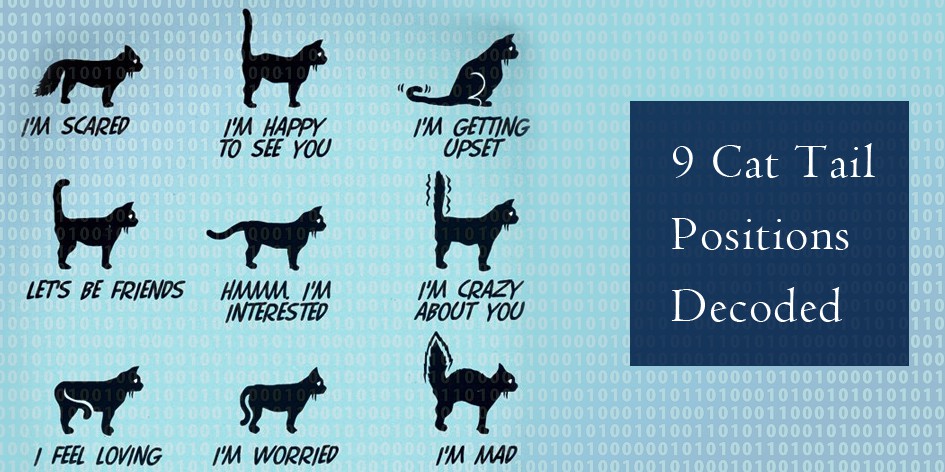
The Purposes of Feline Scent-Marking
Scent marking is central for communication between cats. Cats have scent glands concentrated on face, paws, tip of tail, thighs and anal area which secrete pheromones during rubbing, kneading, scratching, spraying urine and feces. Key scent marking purposes include:
- Identify territory boundaries to other cats
- Advertise sexual availability for mating
- Communicate social dominance or submission
- Label resources like food or valued objects
- Spread calming pheromones after stressful events
Inappropriate scratching or spraying are common problems cat owners face but typically happen when cats feels stressed and need to redistribute their scent for reassurance.
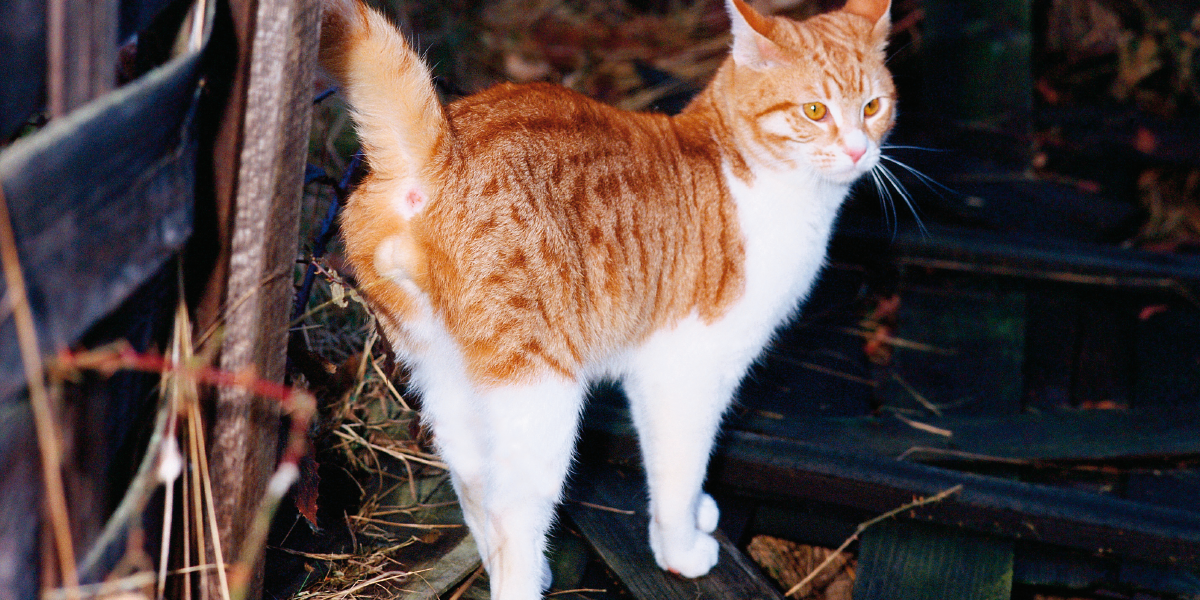
The Meanings Behind Kneading & Scratching Behaviors
Two quirky feline behaviors—kneading and scratching—also serve communicative purposes. When cats repetitively push in and out with their front paws, called “kneading” or making “biscuits”, it stems from associations with comfort and nursing during kittenhood. Adult cats knead when feeling calm and content such as before settling down to nap. It taps into pleasant childhood memories with their mother. However, cats also knead objects or people to scent mark them and show ownership.
Scratching is another scent marking behavior which deposits scent from glands in paw pads. It also enables cats to stretch their body and remove worn nail sheathes. Vertical scratching visually marks territory while horizontal scratching prepares the ground for lying down. Providing acceptable scratching posts reduces destructive scratching.
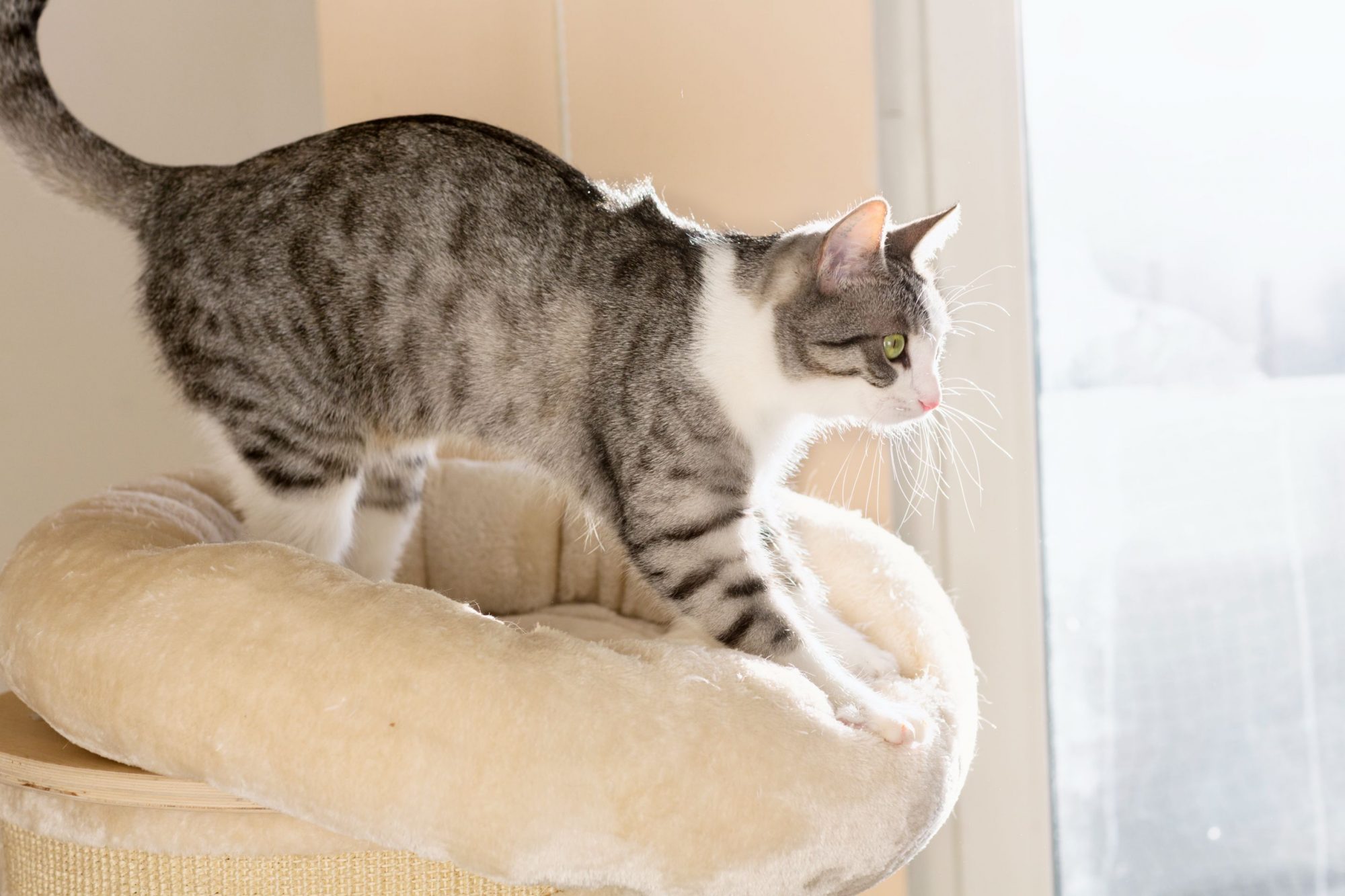
The Role of Individual Variation & Context
While patterns emerge in feline communication, much variation exists between breeds, personalities and early life experiences. For example, Siamese and Abyssinian cats tend to be more vocal while Persian cats communicate more through facial expressions. Environment also impacts communication development.
Additionally, the situational context plays a major role when deciphering cat language. Tail swishing while staring out a window differs from tail swishing while alone in a cat carrier. Understanding circumstances provides insights into cat communications. Context matters when interpreting subtle cat behaviors!
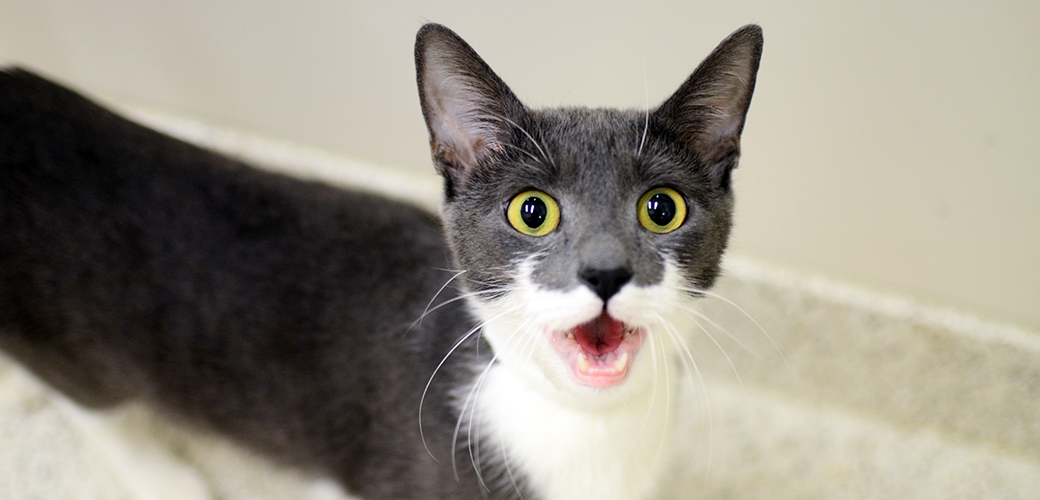
Research Methods for Investigating Cat Communication
Scientists employ diverse research methodologies to uncover new knowledge about cat communication abilities including:
- Surveys – Questionnaires gathering insights from cat owners interactions
- Interviews – One on one question sessions with veterinarians or specialists
- Observations – Watching and documenting feral or domestic cat actions
- Behavior analysis – Using ethograms to quantify behaviors statistically
- Veterinary studies – Clinical exams shines light on vocalization or genetics
Combining findings from these methodologies enables greater progress decoding mysterious cat communications.

Remaining Mysteries About Cats & Future Investigations
While animal behavior science has furthered knowledge of cats enormously, considerable gaps persist around breed tendencies, evolutionary origins of key behaviors, and especially cat psychology.
Future exploration ideas involve better understanding:
- Causes of cat aggression triggers
- Impacts of early life experiences
- Brain activation during key communications
- Cognitive concepts cats can perceive
- Range of vocalization complexity
- Olfactory sensitive and signaling
With more research, the intriguing complexities of cats will become less mysterious and more comprehensible so relationships with them can strengthen.
Frequently Asked Questions
Why does my cat meow so much?
Frequent meowing often signals a cat wants something urgently from you such as food, play, access to a room, or more attention and petting. It may also indicate anxiety or health issues in excessive instances.
Why does my cat knead me?
Kneading stems from comforting associations with suckling as kittens. It releases tension and communicates contentment. Kneading you also signals feeling safe and connected.
How do I know if my cat is happy or scared?
Happy cats show relaxed ears and posture, upward curving tail, eye slow blinking, purring, or kneading/biscuit making. Fearful cats flatten ears back tightly, stand tense/low, and have enlarged pupils with whiskers pushed back.

